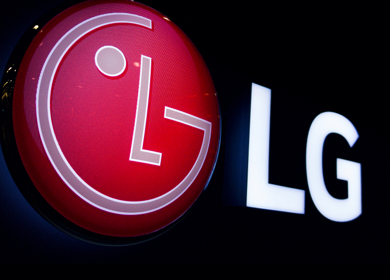What does an Apple DSP Mean for the Future of Advertising?
Published: October 26, 2022

Apple has advertised, for a senior manager to work in its ad platforms business. The ideal candidate is to “steer the design of a privacy-forward, sophisticated Demand-Side Platform.” This is the first indication that Apple is building a demand-side advertising platform (DSP)..
A demand-side platform (DSP) is an automated advertising platform that allows to operate ad inventory from multiple ad sources that advertisers can bid for. The power of DSP is the ability to manage all digital ads inventory across multiple networks, from a single interface.
In its job listing, Apple stated, "Our platform manages and distributes advertising auctions in order to match supply (customers) with demand (advertisers). We concentrate on technical aspects such as Campaign Management, Bidding, Dynamic Creative Optimization, Matching, Auctions, and Experimentation, all while protecting customer privacy”.
Apple has two new ad placement slots in Appstore. The first is within the "Today" tab, where advertising slots will appear alongside editorialised content. The other is on app product pages, where ads will be served under a tab labelled "You Might Also Like."
Apple explains that, "Apple Search Ads allow developers of all sizes to grow their businesses. These new ad placements, like our other advertising offerings, are built on the same foundation—they will only contain content from apps' approved App Store product pages and will adhere to the same stringent privacy standards.”
Our Point Of View
Steve Jobs is a visionary till the end. Apple launched iAds in 2010, a year before his passing. iAds started with a minimum media spend of $1 million, targeted at the biggest brands. Apple took total control of the experience, so ads would confirm to the Apple aesthetic and privacy guidelines. By the time iAds shut down in 2016, Apple was offering it as a self-service model for a minimum media spend of $50.
This is iAds redux, we think. Version 2.0. Enhanced, improved and wiser from the lessons of the past.
Apple is as usual playing things very close to its chest. This is what we think:
Marketers can no longer be ambivalent to the sheer size of this market. There were 60m iPhone users in 2010. In the 10 years since, there are a billion, with a 65% share of shipments in the US market. And this is only the iPhone. Add to that all the other apple devices, including iMacs, MacBooks, and Apple TV. Possibly the Apple Watch too. That’s a lot of inventory.
Apple is selling ad space to approved third-party developers to advertise within their apps, in the AppStore app (mobile and web), and indications are, on Apple TV as well.
The policy of access controls based on increasing privacy standards will continue to escalate. User data will be gated. We however think this time around, Apple will not manipulate the creative aesthetic, and will allow advertisers configurable freedom in terms of multiple tools.
App developers already have ads on their apps. But currently are having to navigate through Apple’s privacy-oriented restrictions. Going forward, Apple will provide all the tools for access, segmenting and targeting, performance tracking, and on-the-fly campaign optimization. We are yet to see how this is implemented on Apple, TV for instance, where user engagement is low.
Professional digital marketing is increasingly consumer-centric, automated, real-time, and scalable. Paid media campaigns are the thrust of most marketing strategies today. Apple just nudged open the gates to their walled garden.
We don’t know if Apple will again stipulate a minimum committed media spend. We do think however, it will. Maybe not as high as $1 million. Or as low as $50. Automation allows marketers to manage campaigns with relative ease. Ultimately, companies tend to spend more on automated platforms.










Be the first one to comment.